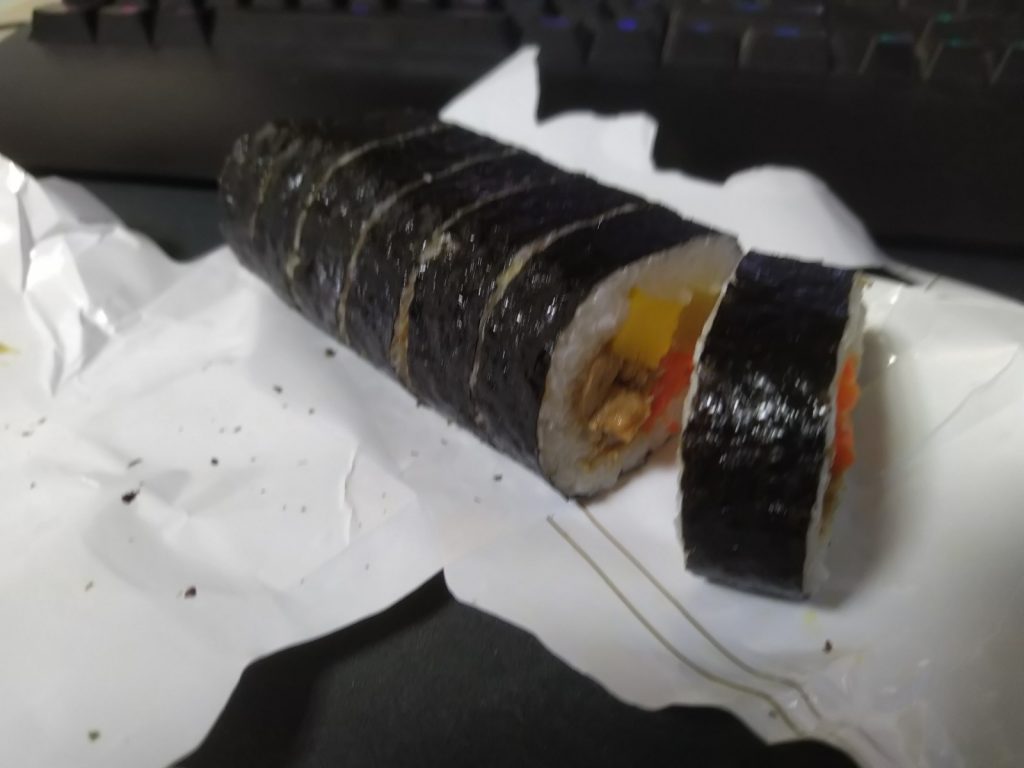
Cheap Korean snacks to help with studying
I’m a student and if you’re reading this, you’re most likely also a student and you know what’s common about students in Korea and Finland. They really don’t have time to cook anything because they’re too busy studying. Now what this usually boils down to is just going to a store and getting a sandwich or getting a coffee. What I’m going to list is three different kinds of snacks that I’ve tried in Korea and have actually been very tasty and given me enough time to keep up with the grind that is studying.

Samgak Gimbap
삼각김밥 or Korean Rice Triangle is a very popular variant of a Gimbap (Korean Rice Roll) and if you ever visit Korea, you will find these everywhere. And it doesn’t really stop at the amount, there is also different types of variants, because inside the rice triangle they usually cram a bunch of meat/vegetables/spices to make every single version of Samgak Gimpab unique. These rice triangles are not only cheap but they’re almost always in stock, but if you want to eat the most popular ones, you’re going to have to go to stores when they’re being restocked which is around 10AM. Luckily there is a self service store in my dormitory building so if I’m not feeling like moving too much, I’ll go to the store to buy these and everything else listed.

Gimbap
The reason why I’m listing these from the previous is that although they are essentially the same kind of ingredients, regular Gimbap (김밥) is almost treated as a completely different kind of snack. Most people that have slight understanding of East Asian culture would think that these are sushi rolls, but unfortunately just like the rice triangles, they put in anything but salmon in these rice rolls. What you can commonly find from these rolls is pork, chicken, beef bulgogi, egg and mayo tuna. The problem with acquiring these is that they are ridiculously popular and the company producing these doesn’t seem to run out of combinations.

Ready-to-eat meals
Finally, there are the pre-packaged meals. I haven’t really counted how many variants of these I’ve seen in the dormitory store, but if I had to estimate there might be at least 20 different flavours and combinations. From what I’ve heard, Korean students rarely cook, the usual reason is that in the dormitory they aren’t provided a kitchen at any point and even in Goshiwons, that are small cheap rent bed rooms, the staff would only provide noodles and other smaller food, so everything has to either be done with a microwave or hot water. The weird thing is that these foods are tasty and relatively filling, but just like always if you want something certain you have to go early to the store because students will gobble these up immediately.
And that’s about it, hopefully if you ever decide to visit Korea, you won’t starve to death now that you know what to eat (haha).
- Learning and Growth Mindset - 13th September 2024
- Another successful meeting – IBSEN meets XAMK in Kouvola, May 2024 - 16th May 2024
- Blending and joining the Finnish work life - 8th December 2023
